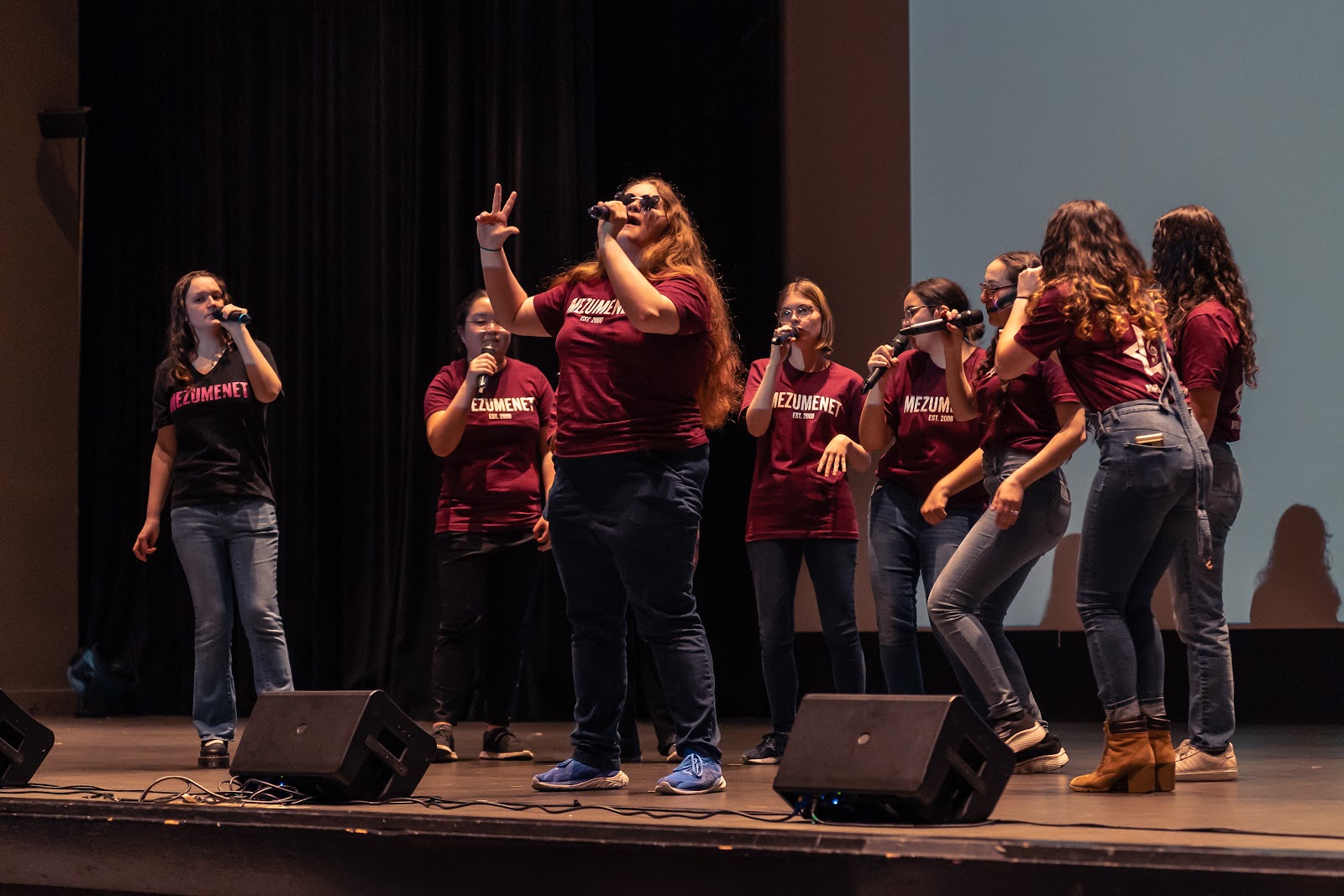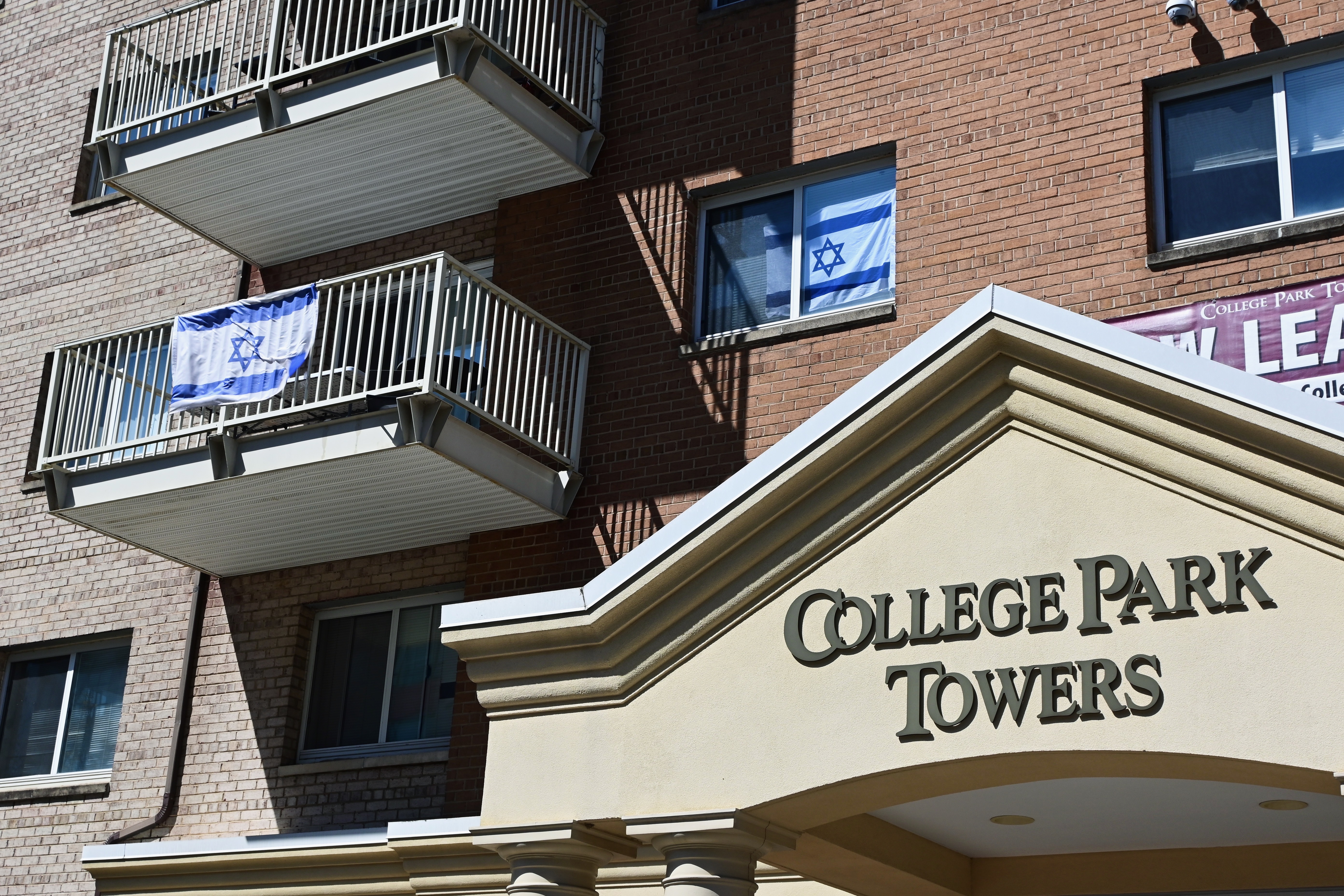By Mitzpeh Staff
For Mitzpeh

Jewishness is hard to define: Jews struggle to define ourselves as a religious group, an ethnicity, or a community which predates these more modern notions. The ambiguity surrounding what makes a person Jewish can make antisemitism difficult to recognize and categorize. This unfortunately means that the ever-increasing number of antisemitic incidents on American college campuses are often dealt with poorly. For example, American University, a school less than 10 miles from this university, failed to take proper action after neo-Nazi vandalization appeared on its campus in September.
The most effective way to avoid this pitfall is for universities to adopt a definition of antisemitism, which outlines exactly what is and isn’t antisemitic. The fastest-growing definition proposed by the International Holocaust Rememberance Alliance (IHRA) has already been accepted by the U.S. Department of State and dozens of colleges across America.
IHRA has faced criticism, mainly from Palestinian activist groups who worry it may be weaponized to silence anti-Israel speech.
However, IHRA includes a comprehensive list of specific, clear examples, covering historical manifestations of antisemitism (blood libel, demonization), as well as more modern occurrences (Holocaust inversion and denial). It also provides a necessary baseline to distinguish Jews from Israel in an environment where the two are often used (and hated) interchangeably.
If IHRA isn’t to the taste of the administration, there’s also the Jerusalem Declaration, which has less of an overlap between antisemitism and anti-Zionism. While it’s less expansive than IHRA, it still does a better job outlining antisemitism than anything this university currently has in place.
Regardless of which definition fits better, simply adopting a definition of antisemitism is crucial. Failing to take preventive measures leaves Jewish students in a vulnerable position.
Should an antisemitic incident occur, it’s unclear how the university will address it, especially depending on the type of case.
In the event of racially-based neo-Nazi antisemitism, will the university treat the incident with the same rigidness and attention that racism cases receive? Will rhetoric which specifically targets Jews for the actions of the Israeli government be played off as simply anti-Zionist or recognized as holding Jews to an unfair double standard? Should another BDS referendum at UMD be scheduled on a prominent Jewish holiday, will it be considered antisemitism? Or an oddly specific coincidence?
The goal of adopting a definition isn’t to punish or limit the student body, but to provide a guide for the university to protect its Jewish community. To educate the student body, prevent incidents before they happen, and, in worst case scenario, for the university to use as a set of standards when evaluating whether an occurrence was antisemitic or not.
We shouldn’t wait for another conveniently-timed BDS referendum or hate crime to push the university toward taking action. We need to be proactive, not reactive. It’s time for the University of Maryland to set down definitive perimeters on antisemitism, for the safety of Jews at this school.




